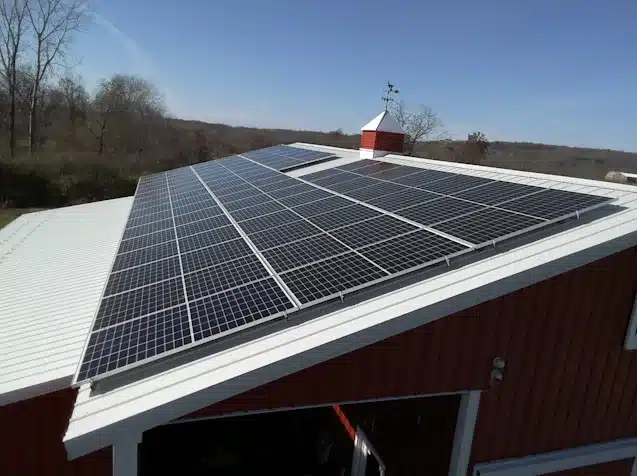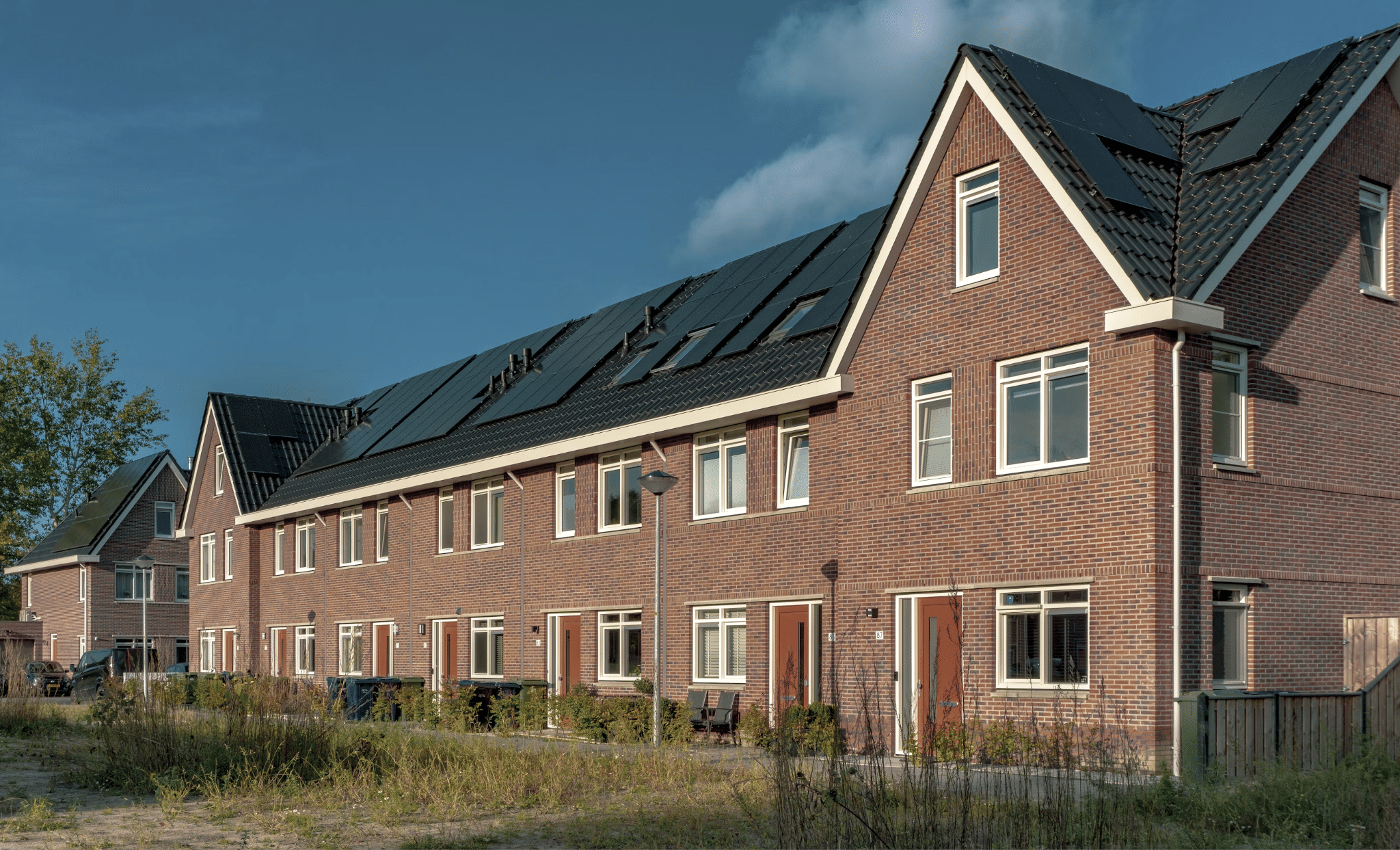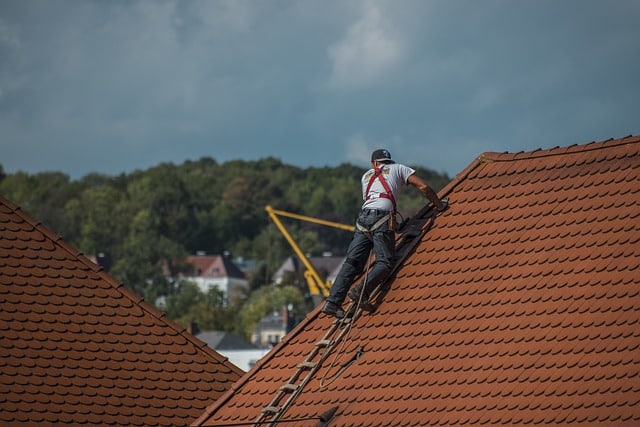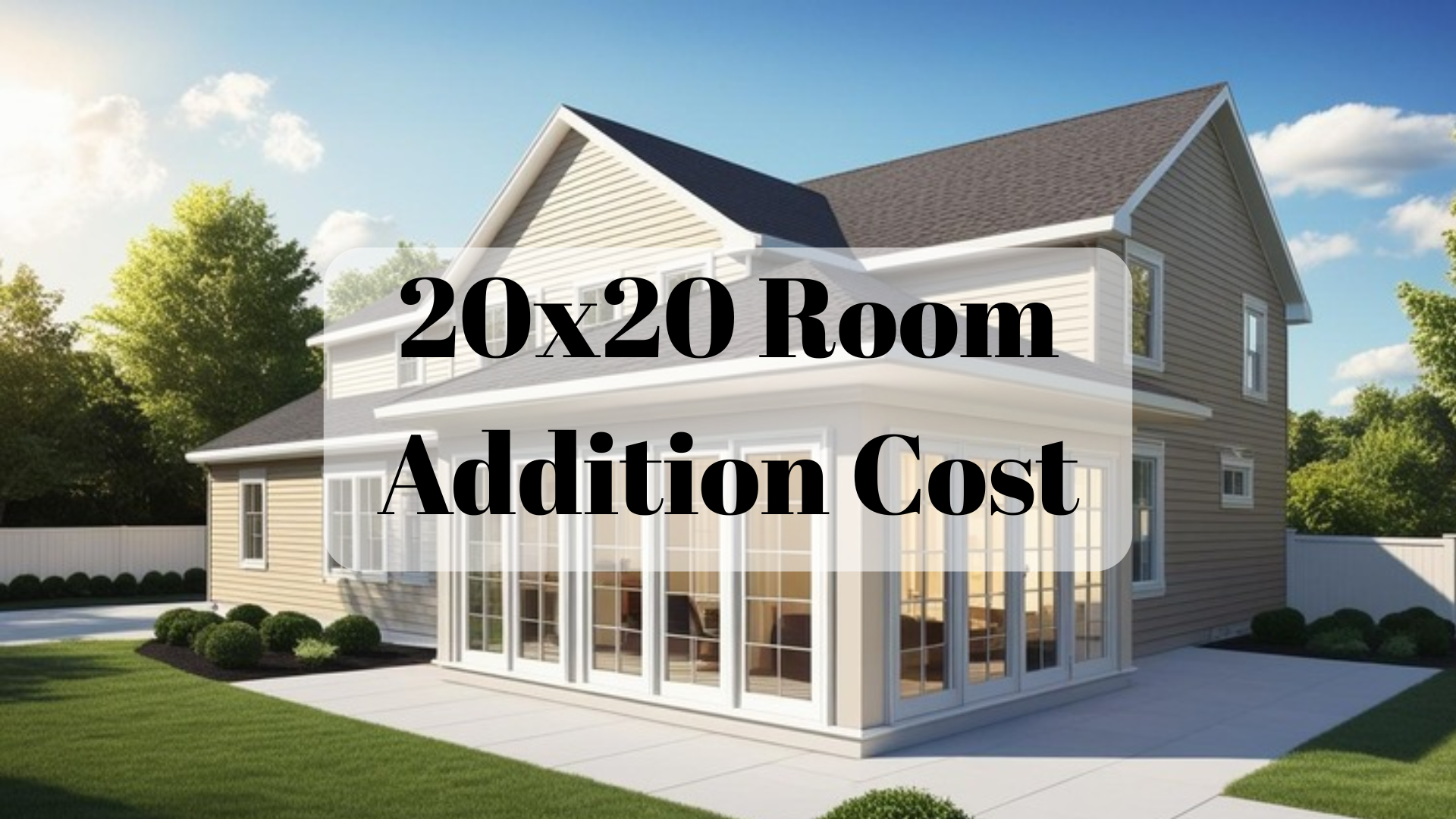Sustainability for the Rest of Us
Sustainable living once seemed like a luxury reserved for those with considerable financial resources. Yet today, eco-friendly home options have crossed the affordability threshold, bringing green solutions within reach of average homeowners. Advances in manufacturing, government grants, and competitive market rates have all contributed to making sustainability practical for middle-class budgets.
The economics of green living have shifted dramatically, with upfront costs decreasing while long-term savings increase. From solar installations that pay for themselves over time to smart devices that reduce utility bills from day one, sustainability offers both environmental and financial benefits.
Solar Power Without the Luxury Price Tag
Solar technology has experienced a remarkable democratization, shifting from an elite home feature to a practical addition for average homeowners. Manufacturing scale, material innovations, and installation efficiencies have all contributed to bringing this clean energy source within financial reach of middle-class households. Installation times have decreased alongside costs, reducing disruption to daily life and allowing more homeowners to make the transition without significant inconvenience.
From Premium to Practical
Traditional solar panels have seen dramatic price reductions while simultaneously improving in efficiency and durability. Modern panels require less space to generate the same power as older models, making them viable for average-sized roofs. Modular systems allow homeowners to start small and expand over time, spreading costs while immediately beginning to offset electricity bills.
Financing options have evolved alongside technology, with specialized loans, leasing arrangements, and power purchase agreements eliminating previously prohibitive upfront costs.
Many homeowners find that monthly solar payments are lower than their previous utility bills, creating immediate positive cash flow. Solar PV can transform homes into self-sufficient energy producers while government incentives further reduce effective costs through tax credits and rebates.
Next-Generation Solar Solutions

Next-gen renewable solutions like solar shingles are increasingly popular due to their aesthetic appeal and cost-effectiveness. Solar shingles are made from silicon and have a longer lifespan than traditional solar panels.
Homeowners can also consider Copper-Indium-Gallium-Selenide (CIGS). CIGS is flexible and cost-effective, making it a perfect choice for those looking for a cost-effective solar energy generation. CIGS are, however, less efficient than other emerging solar solutions like shingle-sized panels and semi-rigid designs.
Low-Maintenance Sustainability Upgrades
Alongside high-tech solutions, numerous simple modifications can significantly reduce a home’s environmental impact without requiring constant attention or maintenance. Such improvements often involve working with natural processes rather than against them, creating systems that largely manage themselves.
Many of these upgrades can be implemented gradually, allowing homeowners to spread costs while immediately beginning to enjoy benefits and resource savings. Simple changes, like investing in water butts and self-sustaining landscapes, can reduce monthly bills and help you save for larger installations like solar panels.
Water-Wise Home Systems
Rainwater harvesting has evolved from basic collection barrels to integrated systems that filter and redistribute captured water throughout the home. Modern setups can direct water to gardens during dry periods and store excess during rainy seasons, all through passive infrastructure requiring minimal intervention.
Rainwater systems often pay for themselves through reduced water bills, particularly in regions facing increasing water costs or seasonal restrictions.
Low-flow fixtures and smart irrigation controls complement collection systems by ensuring water is used efficiently. Similarly, smart leak detection sensors can identify problems before they cause damage or waste, alerting homeowners to issues that might otherwise go unnoticed for months.
Self-Sustaining Landscapes
Traditional lawns are giving way to productive, low-maintenance alternatives that require fewer resources while providing household benefits. Start a sustainable backyard today by planting drought-resistant plants, growing your own vegetables, and using natural pest management techniques.
Native landscaping supports local wildlife while naturally adapting to regional climate conditions. Native plantings establish deep root systems that improve soil health and reduce erosion without requiring the fertilizers and care that non-native species often demand.
Smart Tech for a Greener Home
The latest generation of smart devices work together to create homes that are more energy efficient. Middle-class homeowners now find these solutions both financially viable and technically accessible, with user-friendly interfaces that eliminate the need for specialized knowledge.
Smart tech can help you lead a more eco-friendly lifestyle, too. Smart devices collect thousands of data points every day, meaning you spot inefficiencies and address common issues like leaks and ineffective appliances.
Intelligent Energy Management
Smart thermostats can dramatically improve energy efficiency. Thermostats collect usage data and automatically alter HVAC output to ensure that you’re not heating or cooling empty rooms. Other than temperature control, whole-home energy monitors now track electricity use across appliances, helping homeowners identify and address power-hungry devices.
AI systems take this efficiency further by analyzing usage data and suggesting optimizations unique to each home. These systems can coordinate multiple devices, from lighting to HVAC, and make real-time adjustments based on occupancy, weather, and electricity rates. The intelligence behind these technologies continues advancing while prices have steadily decreased, making sophisticated energy management accessible to average households.
Renewable Integration Made Simple
Home renewable energy now offers more flexible options alongside traditional solar panels. Modern systems integrate seamlessly with existing home setups, storing excess power for later use and switching sources automatically. The innovations transforming renewable energy include improved battery storage and smart inverters that maximize efficiency.
Industrial-level innovations in renewable energy are being passed along to consumers, too. Smart grid technology uses real-time analytics to predict demand and identify transmission losses that waste energy. Utility-scale solar projects are contributing to the grid, too, meaning many homeowners are now benefiting from renewable energy without knowing it.
Final Thoughts
Making your home more earth-friendly no longer requires high costs or technical expertise. Families with modest budgets can now install solar panels that actually save money, smart devices that cut energy bills, and garden systems that largely take care of themselves.
The marketplace has finally caught up with what many homeowners have wanted all along – practical ways to live more sustainably without financial strain.
Start with what makes sense for your household, whether that’s a programmable thermostat or native plants in your yard. You’ll likely find that these changes not only feel good because they help the planet but also because they create more comfortable, efficient spaces while keeping more money in your pocket each month.







